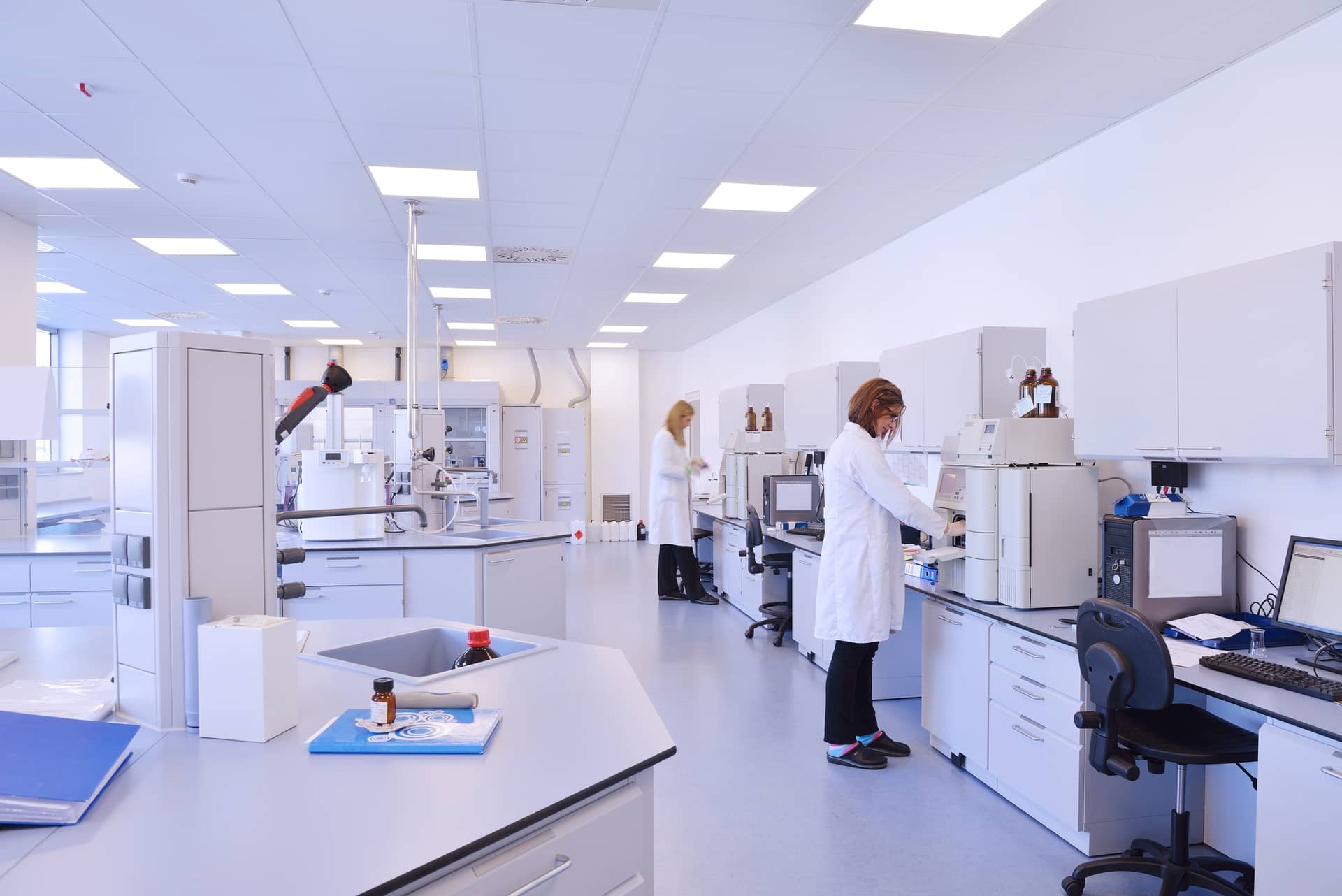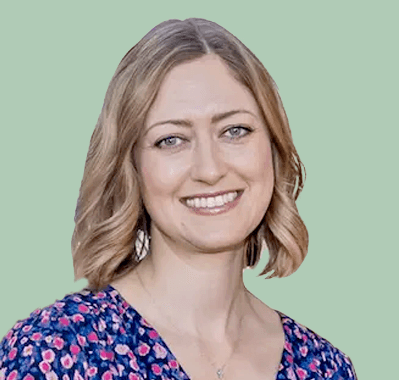
Up until recently, the primary treatment method has been to extract stem cells from a patient’s own adipose tissue (body fat) and inject them into the patient’s aging cells. This process is called autologous stem cell therapy.
The stem cells found in body fat are also sometimes taken from placentas and umbilical cords… But on the frontiers of stem cell research, scientists are discovering new ways to access stem cells without using embryonic cells.
There are two kinds of stem cells in the human body: Somatic cells that replenish damaged tissue to heal torn skin or repair organs after disease or infection and embryonic stem cells (ESCs), which are pluripotent, meaning they can divide into any kind of cell depending on the signals they receive.
ESCs are the kind of stem cells needed to turn back the “aging clock” inside each cell to achieve the desired anti-aging effect. Originally, ESCs were isolated from the structures that become human embryos, which caused a lot of controversy when people first heard about it.
Induced Pluripotent Stem Cells, The Future of Regenerative Medicine
But now, evolving technology allows scientists to create induced pluripotent stem cells (iPS) in labs across the country. To put it simply, iPS technology creates cells similar to embryonic cells (ESCs) without a human embryo.(1)Researchers have been making strides in this field for some time, but only recently have they discovered how to create iPS blood stem cells. Having a healthy population of blood stem cells, which naturally deplete over time, can help to keep the immune system strong, maintain bone marrow health and decrease the risk of myeloid diseases (cancers of blood, bone or plasma).(2)
Two Breakthrough Studies
A team of researchers at Boston Children’s Hospital in Massachusetts started with adult cells and reprogrammed them into iPS cells. They then modified these new stem cells with seven genetic transcription factors, which control the genes in the cells.The next step was to inject the modified cells into mouse host and wait 12 weeks. After that time the researchers discovered the iPS cells had transformed into progenitor cells, which are like stem cells in that they can become several kinds of cells.
The difference is that progenitor cells are already on a path to becoming a specific kind of cell. In this case, the progenitors cells are capable of becoming both blood and immune cells.(3)
Another group of researchers, who published their findings in the April 2017 issue of the journal Nature, took a more direct approach to creating iPS cells by omitting the first step of generating the iPS cells from adult cells.
Instead, they extracted blood stem cells from the endothelium (blood vessel lining) of mature mice and inserted four transcription factors directly into the cells. The researchers then put these modified cells in an environment designed to mimic human blood vessels, which encouraged the blood stem cells to multiply.(4)
Then, they injected these new blood stem cells into mice whose immune systems and blood cell count had been severely reduced by radiation. The stem cells continued to multiply in the mice and they received from their depleted states, going on to live another year in the lab.(5)
The places technology can take us are astounding, aren’t they?
It’s important to remember that, while these breakthroughs are quickly changing the face of regenerative medicine and anti-aging fields, it will be a while before these kinds of cells are approved for use in humans.
But, at the rate technology moves, it may not be long before we can enjoy stem cell treatments that restore skin texture, energy levels and immune systems to fight off the cumulative effects of long living.
- Induction of pluripotent stem cells from adult human fibroblasts by defined factors. http://www.cell.com/cell/abstract/S0092-8674(07)01471-7?_returnURL=http%3A%2F%2Flinkinghub.elsevier.com%2Fretrieve%2Fpii%2FS0092867407014717%3Fshowall%3Dtrue
- The epigenetic basis of hematopoietic stem cell aging. http://www.seminhematol.org/article/S0037-1963(16)30071-3/fulltext
- Haematopoietic stem and progenitor cells from human pluripotent stem cells. https://www.nature.com/nature/journal/v545/n7655/full/nature22370.html
- Conversion of adult endothelium to immunocompetent haematopoietic stem cells. https://www.nature.com/nature/journal/v545/n7655/full/nature22326.html
- Lab-Grown Blood Stem Cells Produced at Last. https://www.scientificamerican.com/article/lab-grown-blood-stem-cells-produced-at-last/?WT.mc_id=SA_FB_HLTH_NEWS
